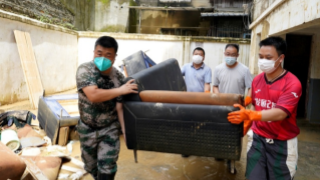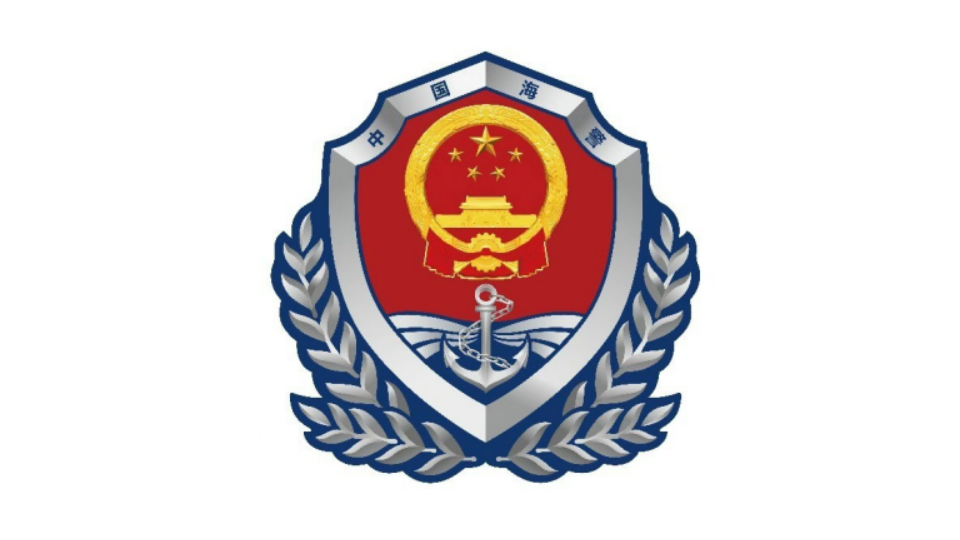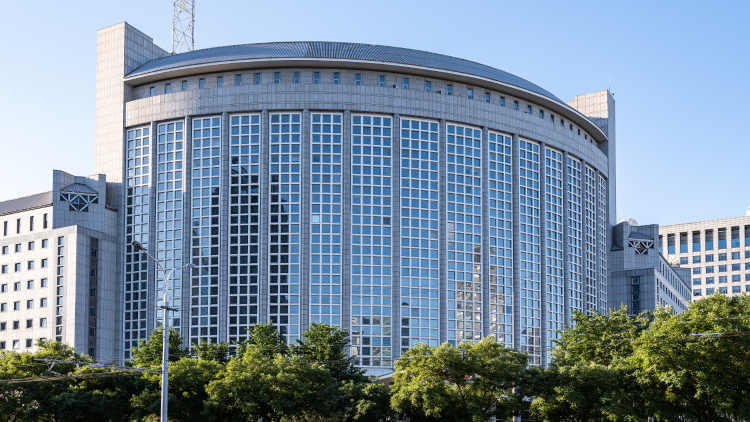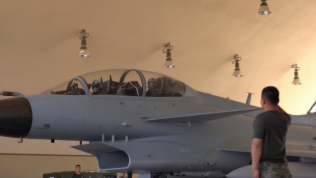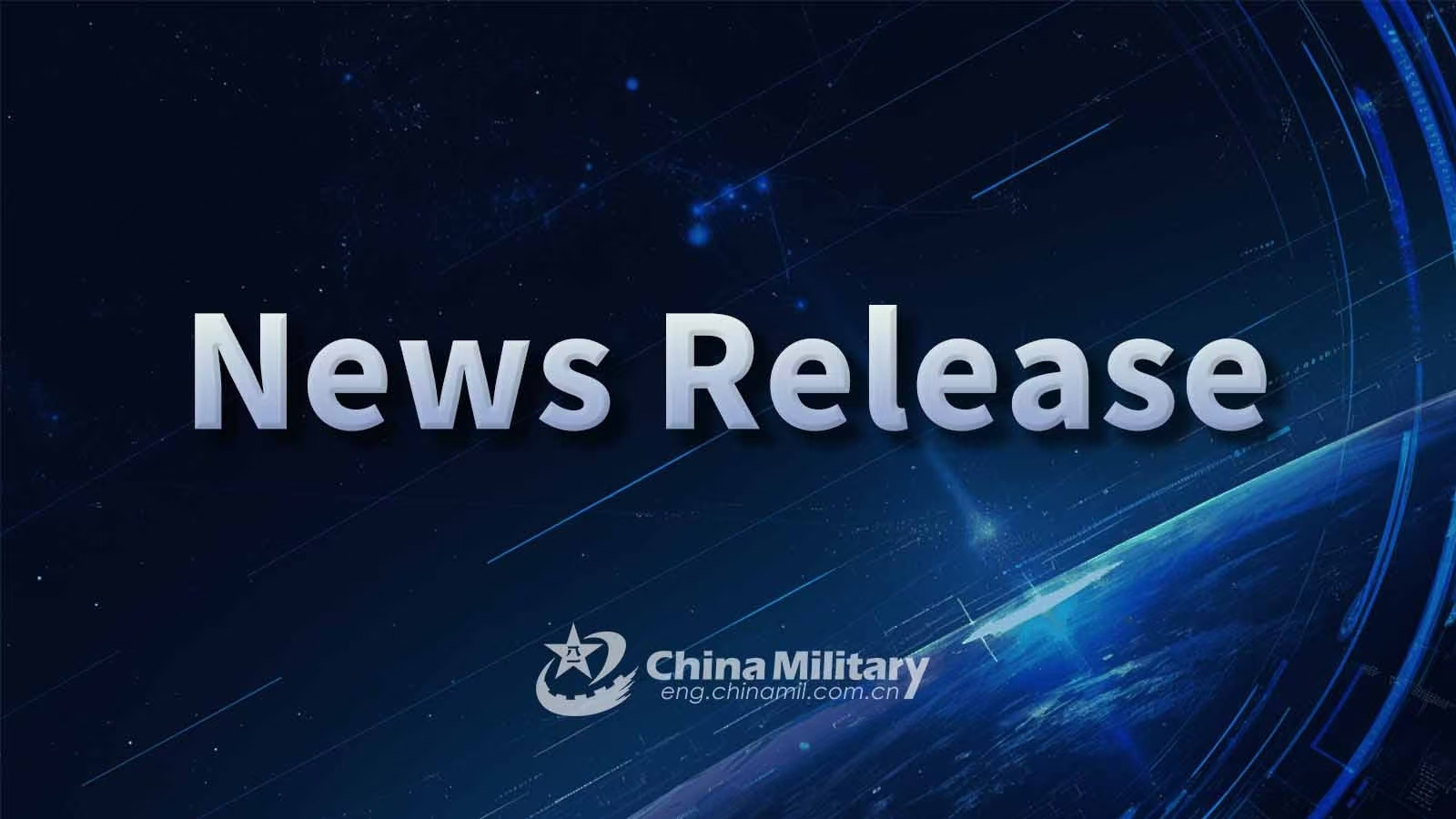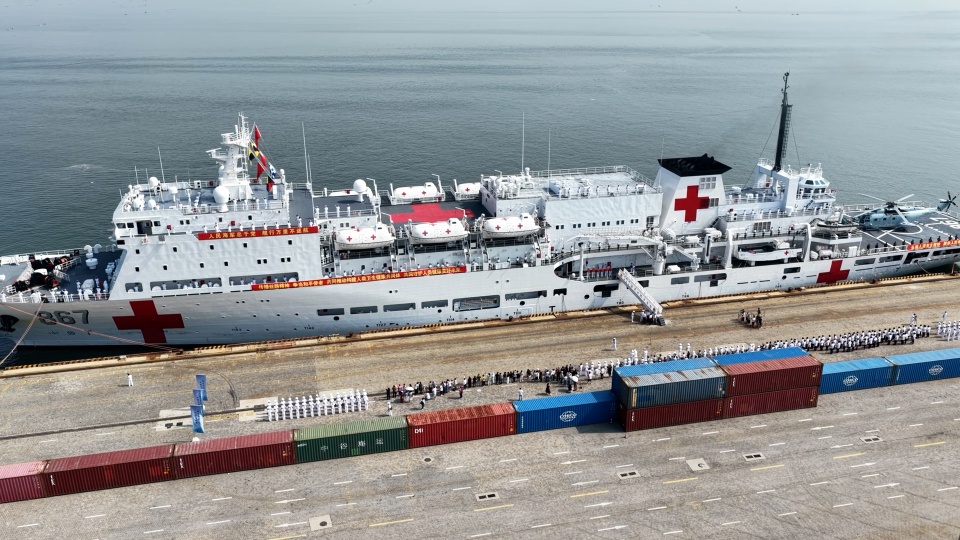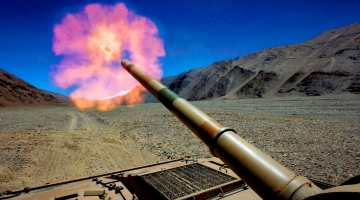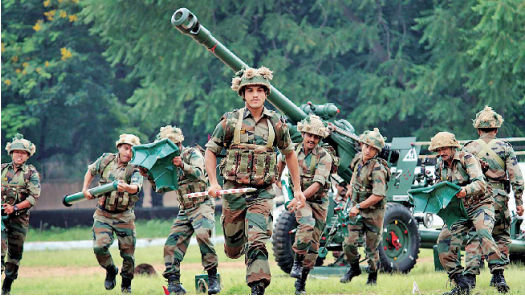
By Xie Gaoquan and Shi Bin
Since India's media revealed that the Indian Army (IA) would conduct reorganization from one region to another starting from the regions they select, and would deploy the first Integrated Battle Group (IBG) along the India-Pakistan border, the new round of reform of the Indian Army has attracted wide attention.
Analysts pointed out that this is one of the major reorganization plans of the Indian Army with the aim of enhancing command efficiency and the capacities for rapid response and coordinated operations. But outdated equipment, lack of air power and poor logistic support may prevent the Indian Army from fulfilling its plans.
“Cold Start” plan is outdated
The Indian Army drew up the so-called “Cold Start” plan in 2004: the offensive force deployed along the frontier areas can complete the combat preparation and battle deployment in the shortest time after receiving orders. The Indian Army established eight IBGs with a strengthened division of about 20, 000 troops for each. They can fight independently or in coordination with other forces.
After the “Cold Start” plan had been implemented for over a decade, India gradually realized that their original theory was outdated. The IBGs with the strengthened division size are vulnerable to tactical nuclear attack, their survivability is worrisomely poor. Such organization may also lead to strategic miscalculation and the escalation of conflicts. Coupled with the rapid development of information technology as an important direction for evolution, the Indian Army has put a new round of reform on the agenda.
In 2018, the Indian Army issued the Land Warfare Doctrine (LWD) 2018 and claimed to establish the Integrated Battle Group -- a combined combat brigade, which is under the command of a major general and composed of six to eight battalions of 5,000 troops in total and includes infantry, armoured, artillery, engineering, air defence, logistic support and aviation units. The exact number and ratio of each service depends on the terrain of the deployment and the operational objectives.
Integrated Battle Groups are reorganized from divisions and brigades by dividing one division into two or upgrading one brigade. But it doesn't mean all the divisions and brigades in the Indian Army will be reorganized. They plan to establish 11 to 13 IBGs and deploy them along frontier areas. The troops in India-controlled Kashmir were the first to be reorganized, under which the Indian Army has approved to reorganize the 9th Corps based in Himachal Pradesh into the IBGs and deploy them along the western frontier areas. The Indian Army will begin the reorganization in this October and deploy two to three IBGs along the India-Pakistan border.
Enhance the combination degree
Analysts noted that the reform of the Indian Army actually is to change division into brigade with three objectives:
First, build a smaller force with complete components to enhance response capability. One division of Indian Army usually commands three infantry brigades, one artillery brigade and one armoured regiment and other support and services units, totaling 15,000 troops. The infantry brigade usually commands three infantry battalions and brigade HQs. Compared with traditional infantry division, the IBG is much smaller, more flexible and easier to manoeuvre; while compared with traditional brigade, the group has more complete components and can be quickly deployed without waiting for the artillery and logistic support during the operations.
Second, reduce the command levels to increase command efficiency. Current command system of the Indian Army is composed of nine levels. After the reorganization, IBGs will integrate two levels of division and brigade into one and directly link corps and battalions, so the command levels will be reduced to eight levels.
Third, enhance combination degree to strengthen coordination. Because of the limits of organization and establishment, the infantry brigades of the Indian Army always require the support of artillery, armour, air defence and other units. The IBG integrates infantry, armoured, artillery, engineering, air defence, aviation and logistic support units into one combat force, so it can carry out operations missions as an independent combat unit, the command relations among different arms will be changed from external coordination into internal cooperation.
Restrictions and difficulties
After discussion and tests lasting one year, the Indian Army seems to be ready for the IBG restructuring, but it still faces difficulties in weapons and equipment, air assets and logistic support.
Although the Indian Army has a huge armoured force, its overall technical level is not high. Only 1,000 pieces of T-90S tanks can be thrown into battle, thousands of T-72 tanks and BMP infantry fighting vehicles are outdated with little potential to be upgraded. The armoured rescue vehicles, armoured engineering vehicles, wheeled antitank/artillery and other auxiliary vehicles are not sufficient. The Indian Army has only less than 200 self-propelled guns (SPGs) which are indispensable for IBGs and most of them are outdated. There are less than 260 long-range rocket launchers and among them, 150 are outdated BM-21 "Grad" rocket launchers. For establishing IBGs, the Indian Army has to not only procure large number of auxiliary vehicles, but also upgrade the information level of outdated weapons and equipment.
The difficulty in air force is quite great. Attack helicopters are indispensible for ground operations. IBGs also will include them. But the aviation units of the Indian Army are mainly equipped with reconnaissance, transport and general-purpose helicopters, and the attack helicopters are under the command of the Indian Air Force. Possibly, there will be disputes between the two services over the issue.
More importantly, IBGs have higher demand on logistic support. Compared with infantry brigade, more arms in the battle group need supports. Since the weapons and equipment of the Indian Army are imported from different countries, their interoperability is low. It makes the logistic support more challenging. Now the Indian Army has not established unified logistic support organization, the Indian Army is not only responsible for the logistic support of the various arms of army, but also responsible for the logistic support of general materials for three services, the purchase and store of provisions, fuel and ammunition and other general materials for navy and air force. This logistic support system might face some problems in the future.





